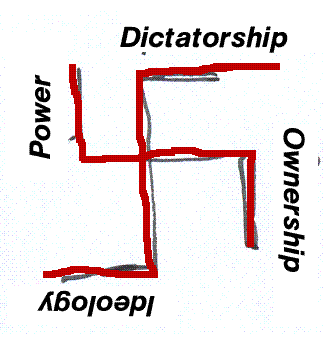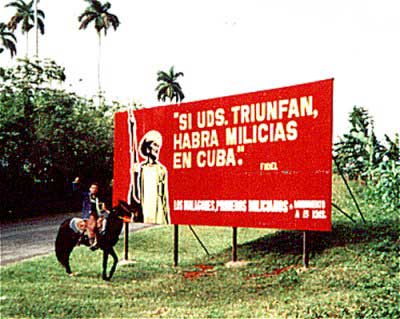
Basic Prediction
Horoscopes in newspapers are based on star signs and birth dates; these predict the day’s events. These predictions are based on the laws of probability and chance. You could read your daily horoscope and make the prediction into a self-fulfilling prophecy, you could go out and find that ‘Tall dark handsome man’ or go on ‘A long journey’. Alternatively you could read your horoscope late in the evening and interpret the day’s events and adapt them to the mystical words. â€Yes I did meet someone important todayâ€. The interesting thing about prediction is that you could meet a tall dark handsome man, go on a long journey and meet someone important and never read your horoscope. Does this mean the day’s events were not predicted? Similarly these rules can apply to art
For more than three quarters of a century, art has repeated itself, each repetition feebler, more inane than the last. Surely today, where the signs of a new world order are on the horizon, a radical position within modern art must be taken up again – and taken up more coherently and more seriously. It is not enough for art to hide in its practice when smart bombs, dirty bombs, anthrax, flooding, global warming and terrorism are threatening us with Armageddon. People are struggling for survival; the artist cannot reject or turn their back on them, cocooning him or herself in a cozy, creative duvet.
This is also a problem when explaining things that have happened. The environment that something was created in is impossible to recreate, if it happened outside our own time frame. We cannot relive a history that was not part of our own history. We can only rely on first or secondhand accounts – or create a myth about its origins.

Example of Adapting Prediction
Jack Burnham (and others) predicted network-based artwork(?) The expression ‘System Aesthetics’ exists. I would argue that this prediction is a convenient method of explaining the system-based artwork. In reality science and technology has moved on politically and physically since these visionaries of the 1950’s and 1960’s . The examples of ‘systems’ Burnham describes in Systems Esthetics (‘Artforum’ September, 1968) are not really computer systems they are other simpler systems. What he has provided us with is a language that conveniently explains our contemporary situation (MySpace, MSN etc.). He has not however provided us with the complete idiom.




